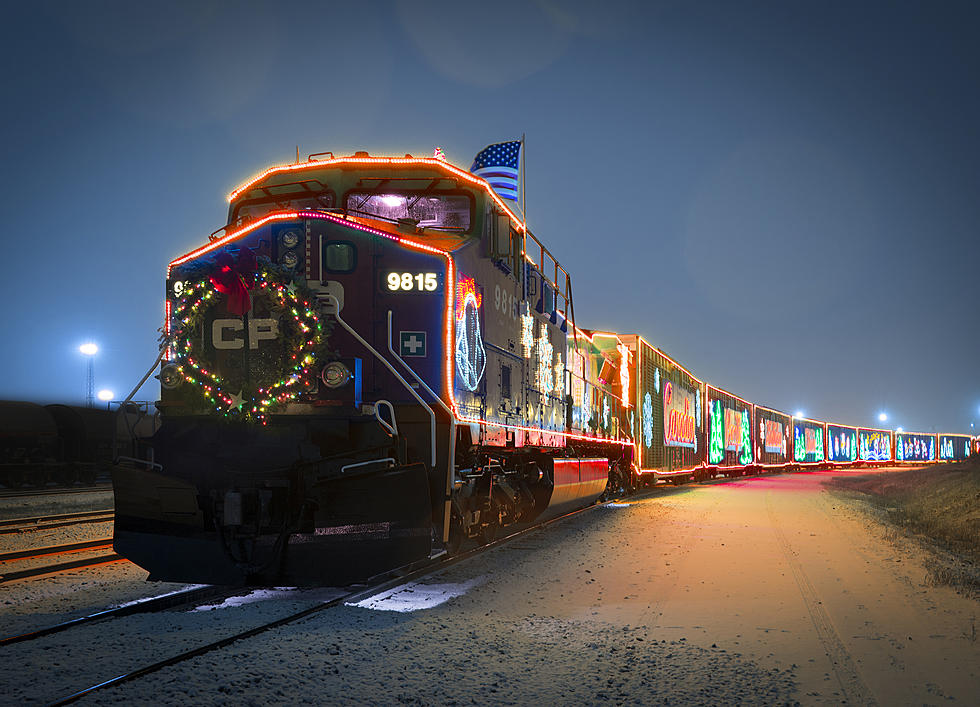
Food Banks Express Concern to Congress
MONTICELLO -- To prepare for the upcoming Farm Bill negotiations, Second Harvest Heartland is holding a series of listening sessions across the state. More than 75% of Farm Bill spending goes to nutrition programs, like the Supplemental Nutrition Assistance Program (SNAP), to provide food to more than 40 million Americans.

Officials from Senator Tina Smith and Congressman Tom Emmer’s office were able to listen to comments from area food bank managers and other guests during the session held Wednesday at the Monticello Community Center. The discussion covered many different concerns.
Demand is up at food banks statewide.
Mary Gardner is with the Monticello Help Center. She told the session that demand has increased while donations have fallen.
We're getting, on average, 100 new clients per month. So with the economy the way it is, food is not as prevalent out there, the donations are not as prevalent out there today. It’s tough for a lot of people living paycheck to paycheck. They're spending on average $493 on the bills that they had last year at this time.
Angie Cruzen is with Gather and Grow Food Shelf. She says she gets worried about the number of people who visit her store.
We are seeing about 100 new people a month. I went from five new families a week to five a shift. Overnight, it seemed like. I sometimes get fearful. How are we going to feed all of these people?
Many in the meeting shared similar stories of higher demand and lower donations over the past year.
Beware the “Hunger Cliff”.
Cruzen says some in her industry have mentioned an impending “hunger cliff”. Many of the pandemic-related programs have ended, and children will begin paying for school lunches this fall. The loss of income, coupled with new bills, may lead to a dramatic increase in demand for food shelves.
Now you have people that were living on $500 extra a month aren't. Now they're back. It's made needing food totally acceptable, which is what I want - I want to work myself out of a job but on the flip side, we're so busy. Our food rescue is down. Everything is being impacted.
Stephanie Lehman with the Anoka County Brotherhood Council Food Shelf stresses that the increase is being added to an already overworked staff.
This week, I just lost my operations manager. He's burnt out. Our families aren't feeling the effect of it because we're doing everything in our power to ensure that we are still providing a really good selection of food, and we're doing that on the front side. But on the backside, it is a little bit of a burnout for sure.
Many representatives mentioned their food shelves are staffed mostly by volunteers, and many of them are seniors.
Where are you from?
In order to qualify for some federal programs, food banks cannot set boundaries or limit donations to individuals in a particular area. Mary Gardner, based in Monticello, says she sees many from out of town.
We get van loads of people from Inver Grove Heights and St. Cloud and that. What we try to do is have a list of St. Cloud, food shelves and say, you can get food today, but we prefer that you go to these locations. It is a struggle, especially with the volunteers. They're saying, you know, who do you serve?
Angie Cruzen is based in Waconia. She reports seeing the same thing.
I'm definitely seeing a trend. We have people coming from Minneapolis and other counties and much farther outside of our service area. There are five other food shelves within five minutes of you, but they say no one knows me here. So they don't want to go to the food shelf in their own town.
Second Harvest Heartland will hold listening sessions in all eight Minnesota Congressional Districts over the next few weeks.
Visit
More From 96.7 The River







